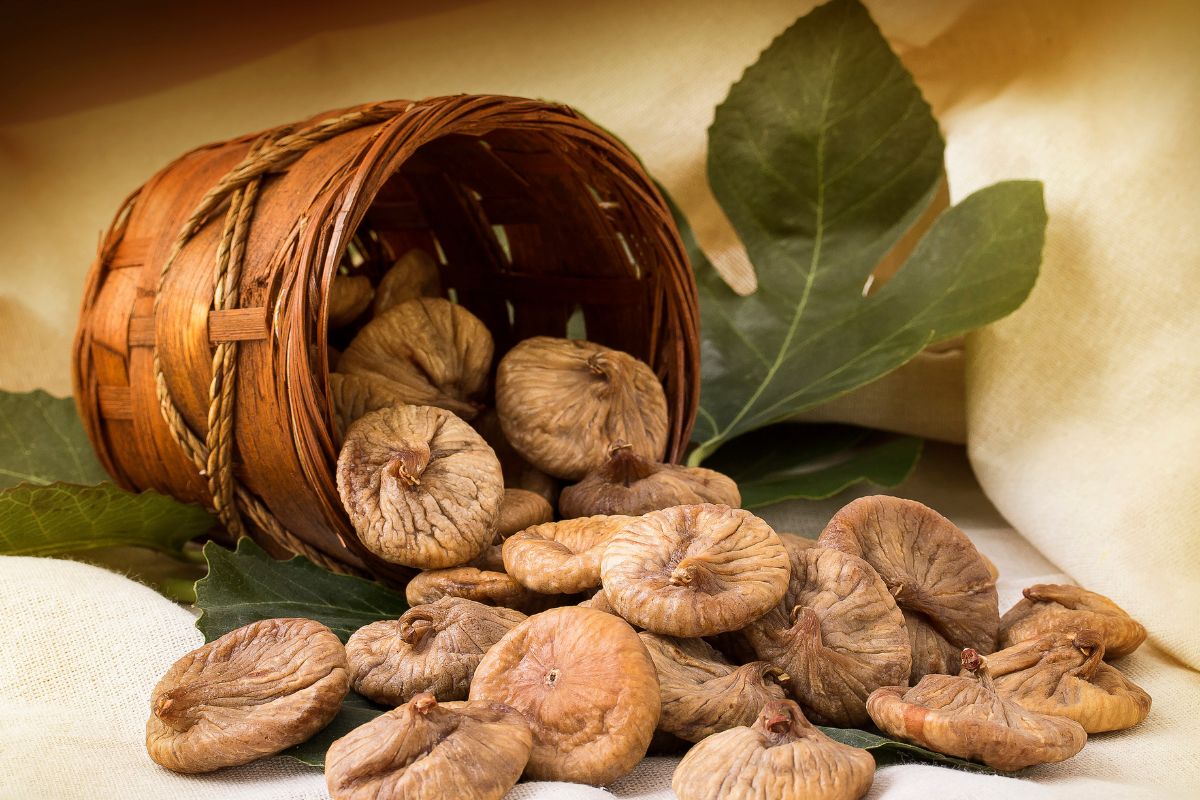


Figs, which are called Anjir in English, have a long-standing history and occupy an important place in the culinary traditions of different cultures. The article aims to explore various aspects of this versatile fruit through looking at its benefits, taste, lower classifications, propagation and care among many other things.
Table of Contents
ToggleAnjir (Ficus carica), a small fruit belonging to the Moraceae family known for its sweet taste and chewy texture.
Figs, originally from the Mediterranean region and Western Asia, have become a widespread dietary staple due to their global distribution. The fig tree has broad leaves and tiny flowers that are often unnoticeable but later produce the fig fruit.
The health benefits of Anjir are numerous and significant, contributing to its esteemed status as a nutritious food.
Anjir is known for its unique flavor and texture. The taste profile of fresh Anjir is a lovely combination of sweetness and slight tanginess with a soft chewy feel and crunchy seeds. Fresh figs are often eaten on their own or added to salads, desserts, and preserves. Dried figs, which contain intense sweetness, are popular snacks as well as used for baking and cooking where they add natural sweetness and texture.
Several fig varieties fall under the broader classification of Anjir, each with unique characteristics:
Propagating Anjir involves various methods, each with its own advantages:
Proper care is essential for maintaining healthy fig trees and ensuring a good fruit yield:
Anjir, or figs, is a fruit rich in history and health benefits. Its diverse varieties, unique taste, and nutritional value make it a valuable addition to many diets. Whether enjoyed fresh, dried, or in recipes, Anjir offers numerous advantages, from supporting heart health to improving digestion.
Proper care and propagation techniques ensure that fig trees continue to thrive and provide their delicious fruit for years to come. As interest in Anjir continues to grow, both for its culinary uses and health benefits, ongoing research and cultivation practices will likely enhance our understanding and enjoyment of this remarkable fruit.

